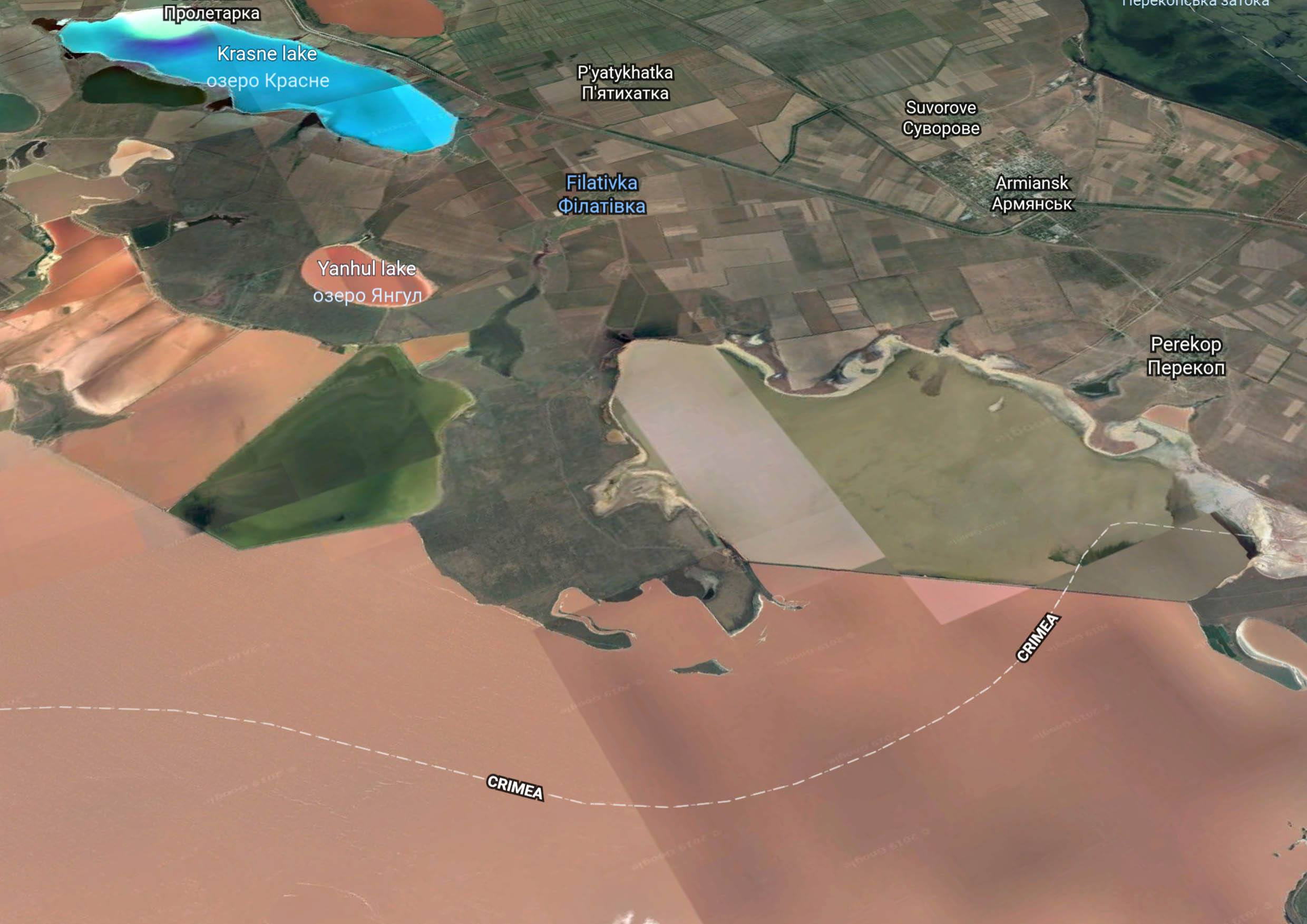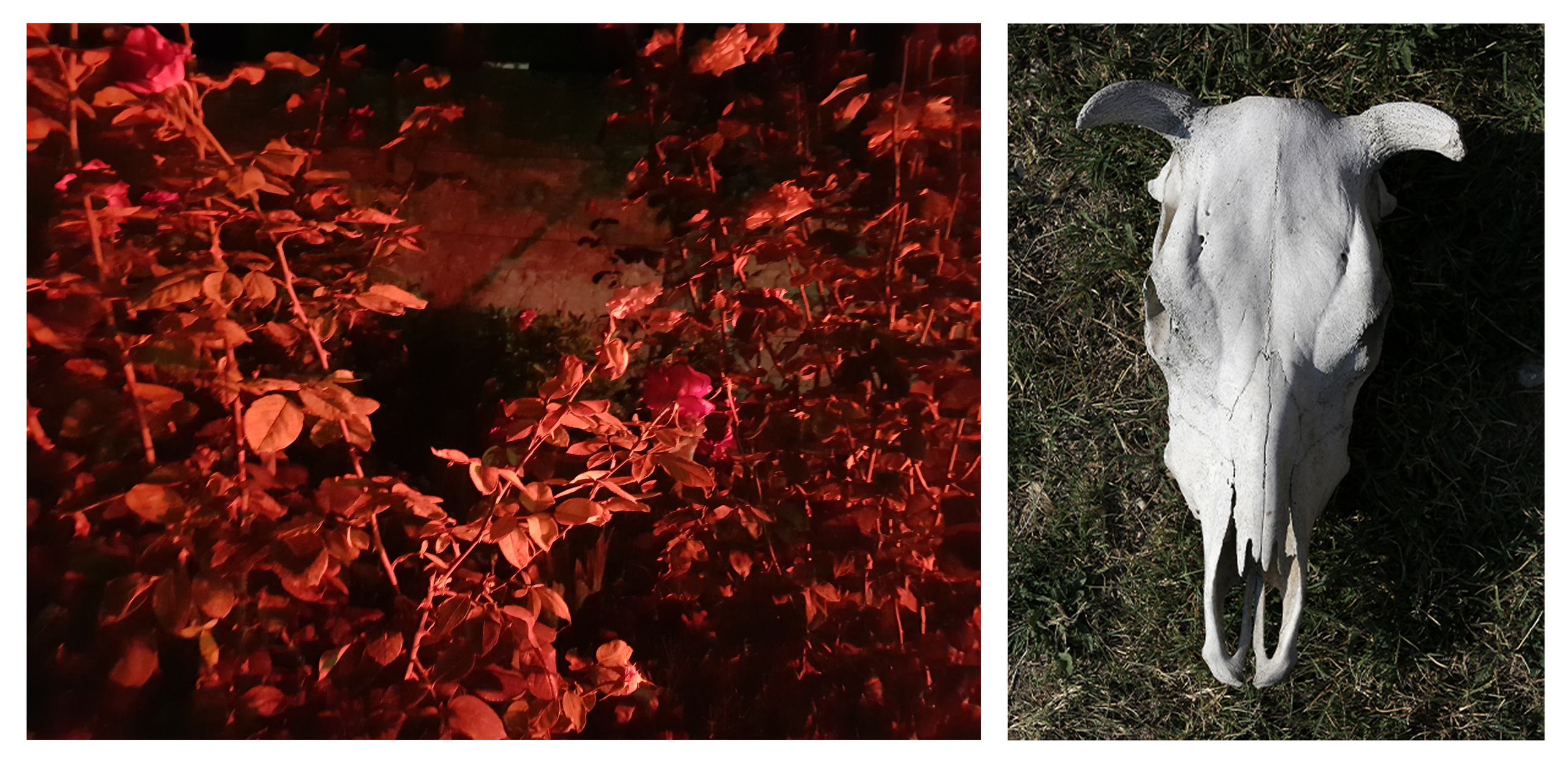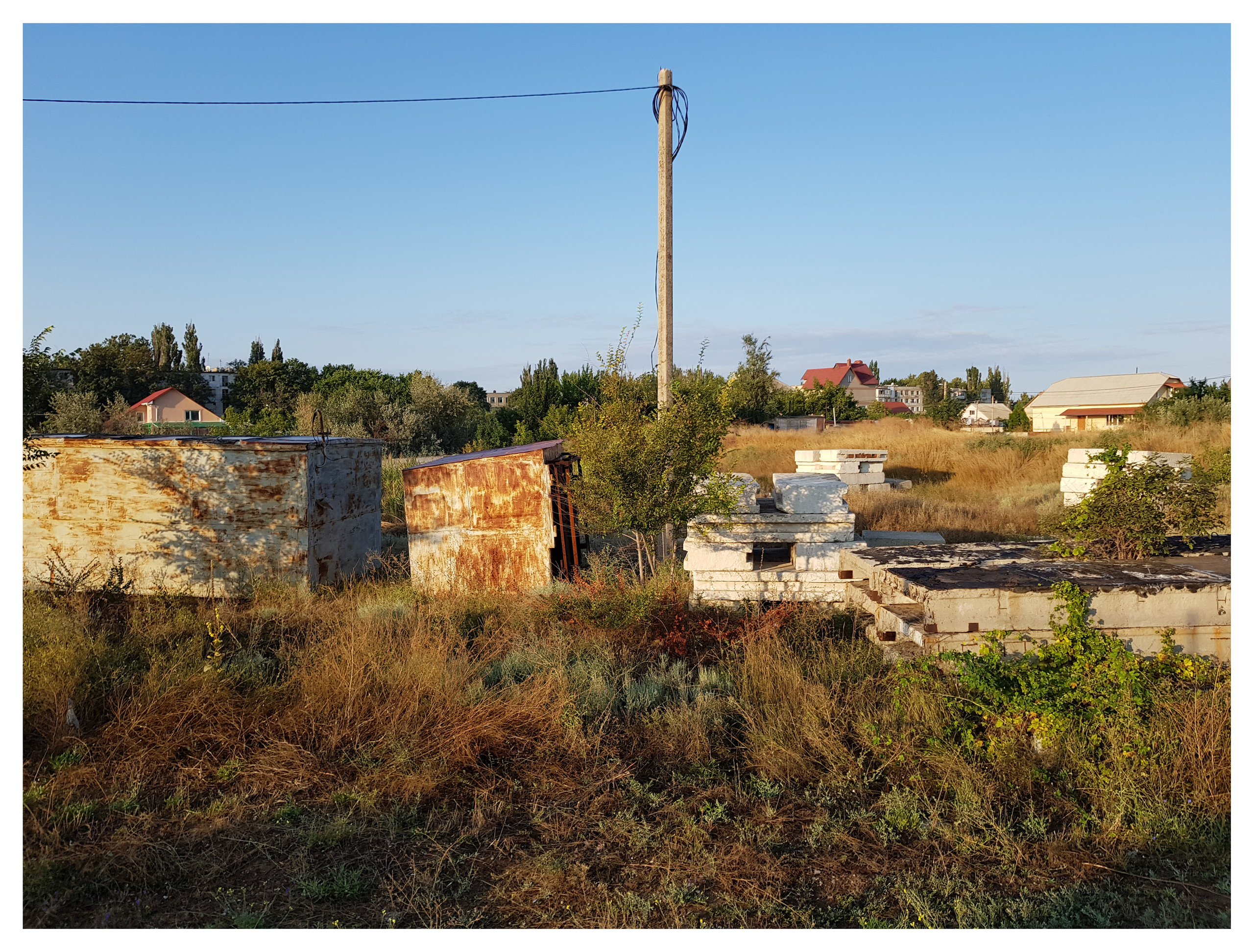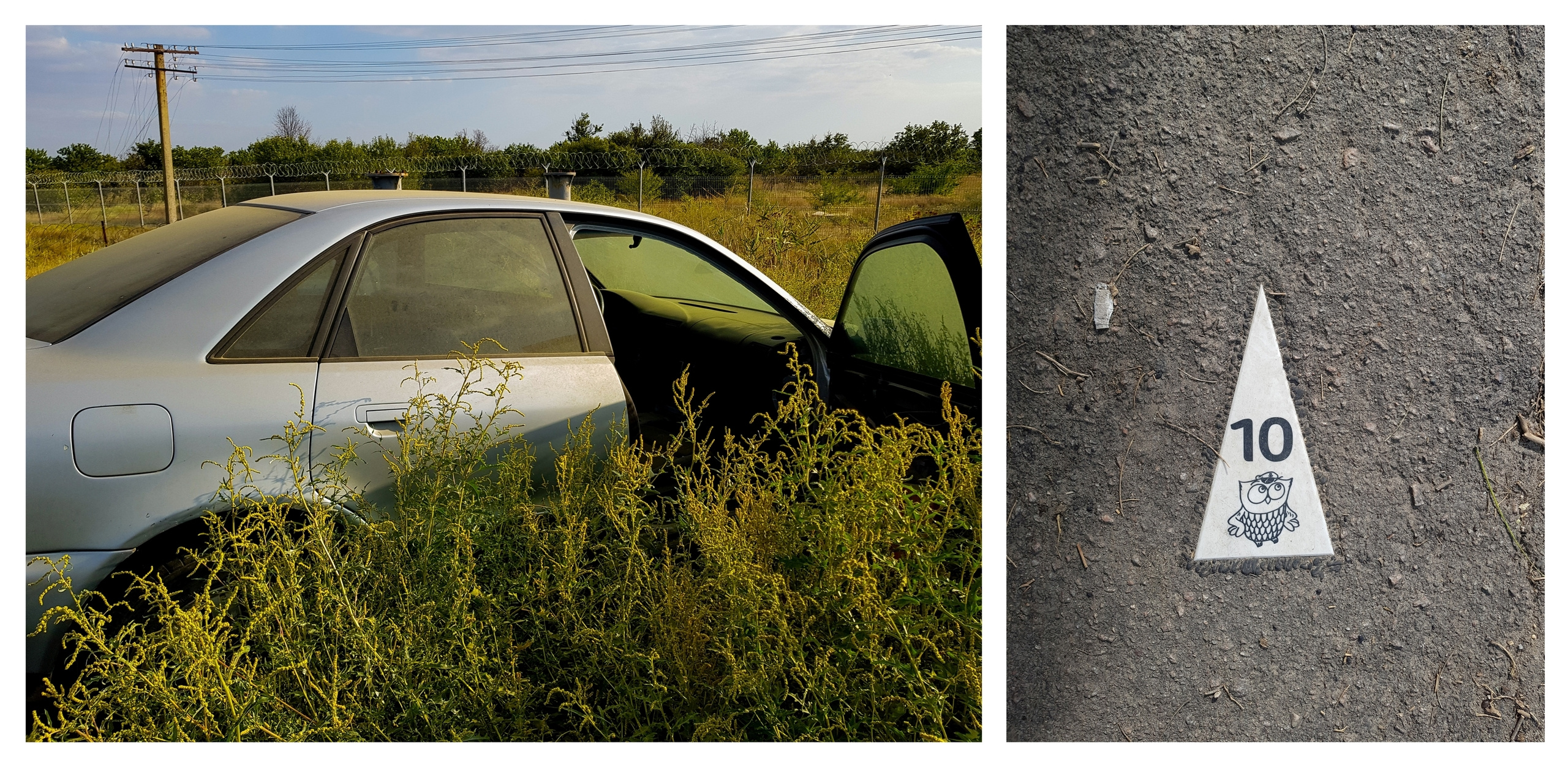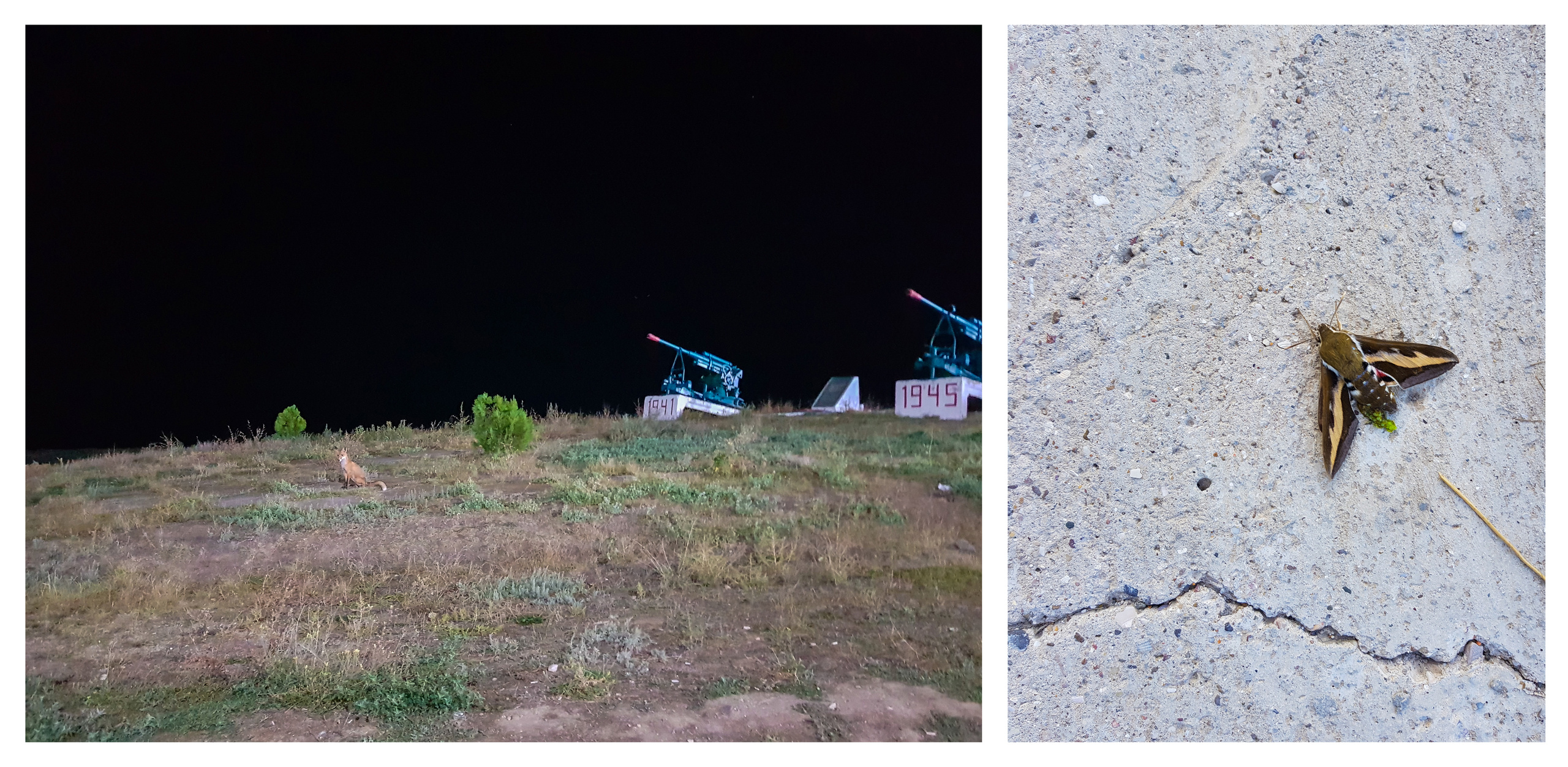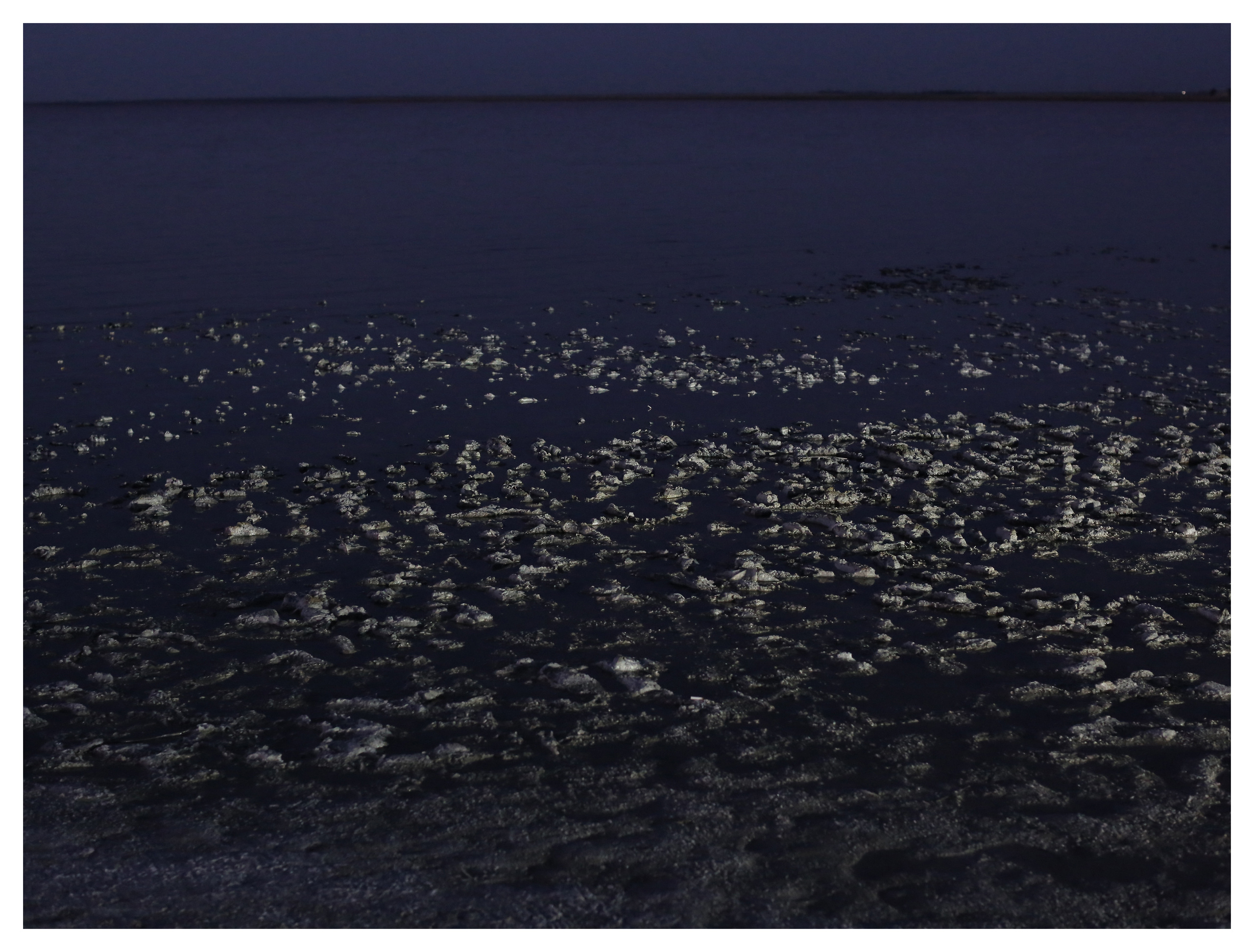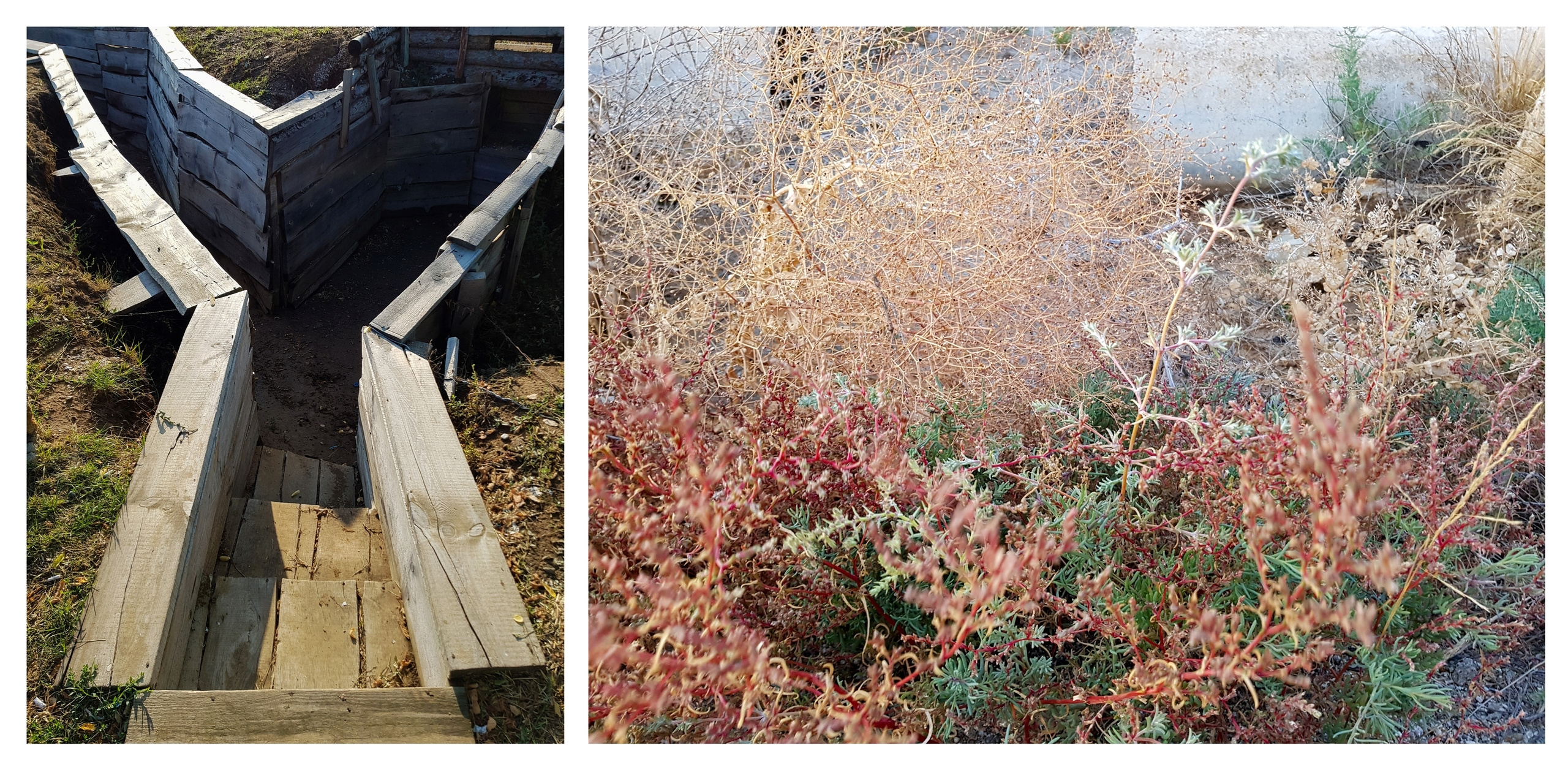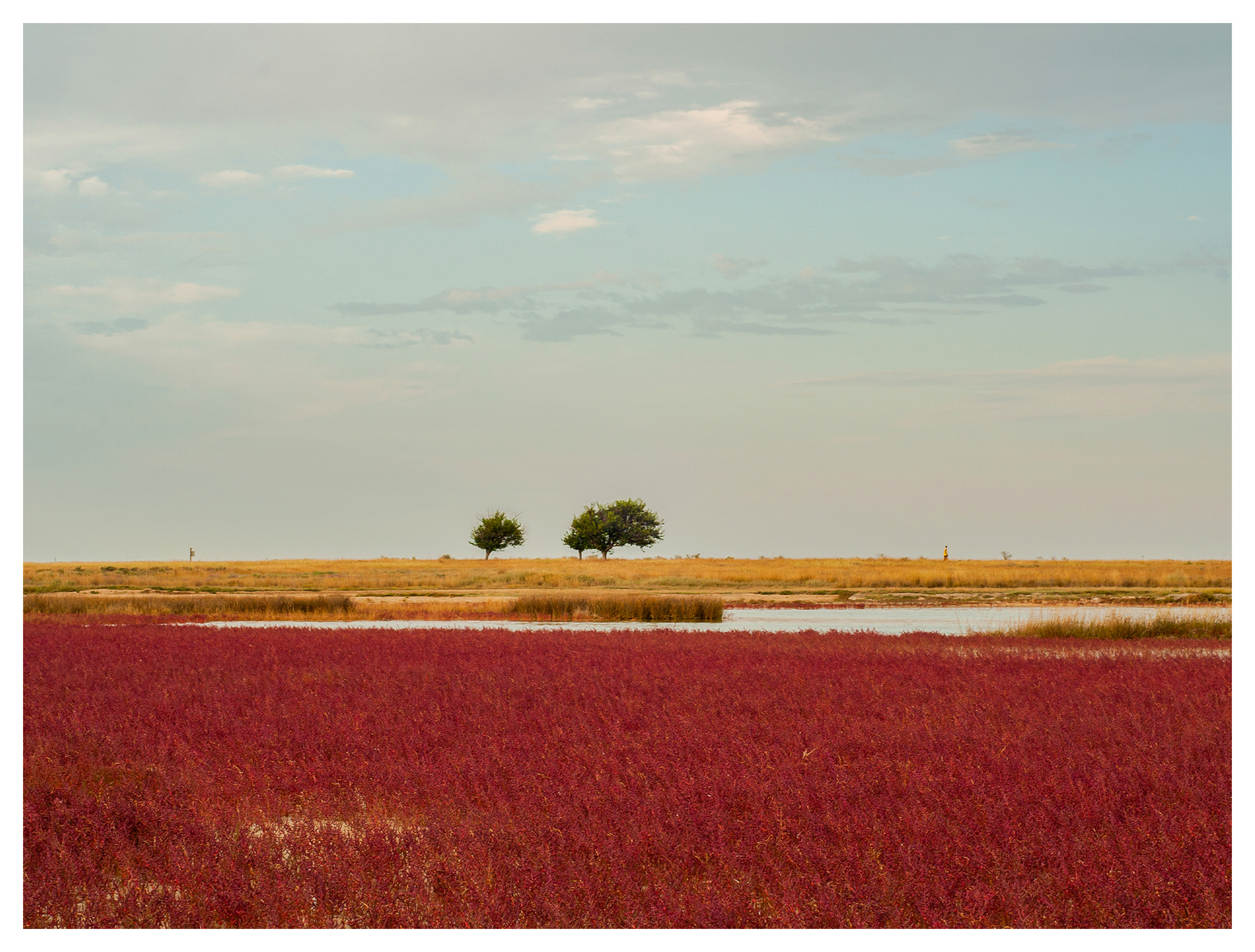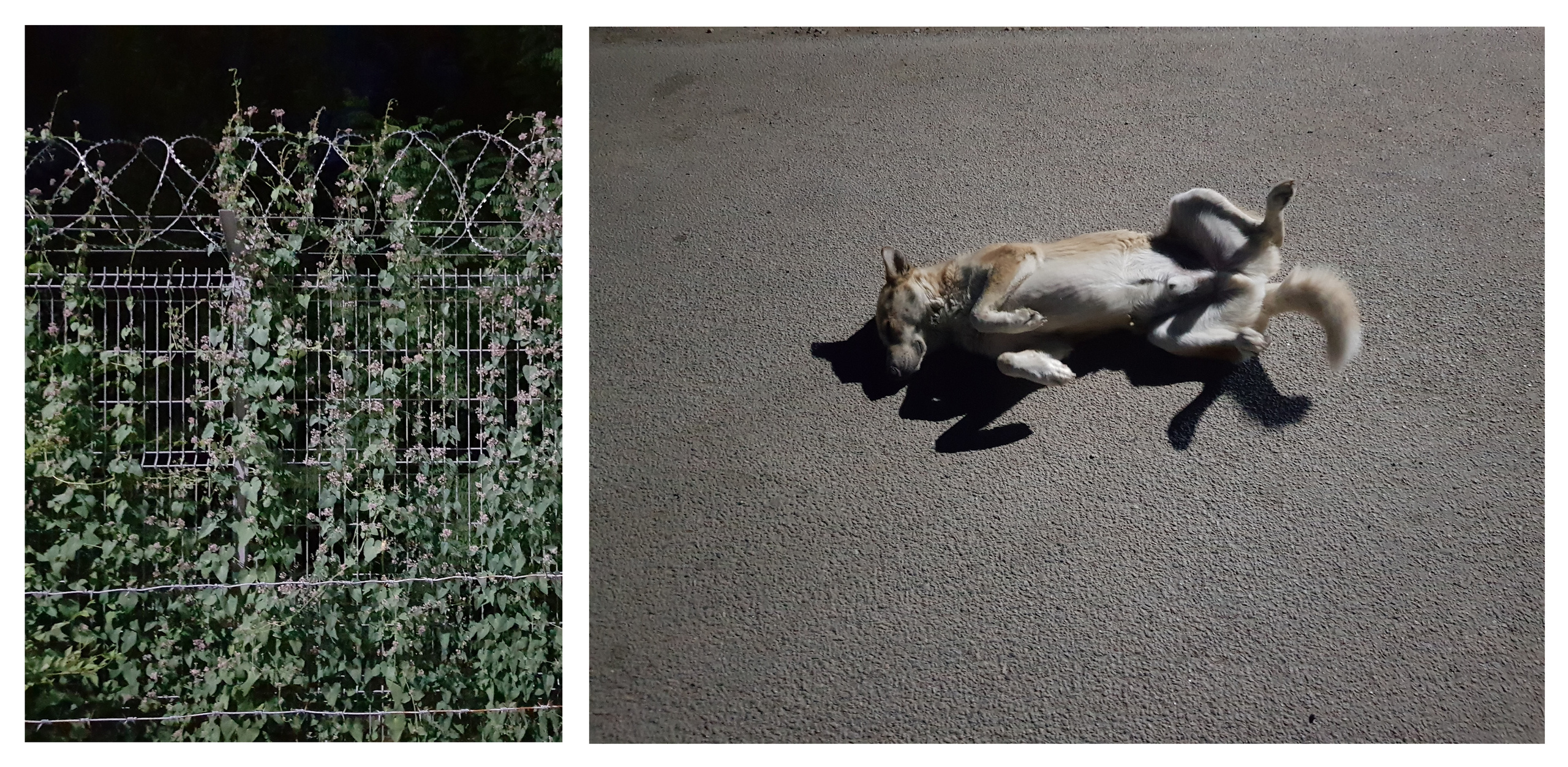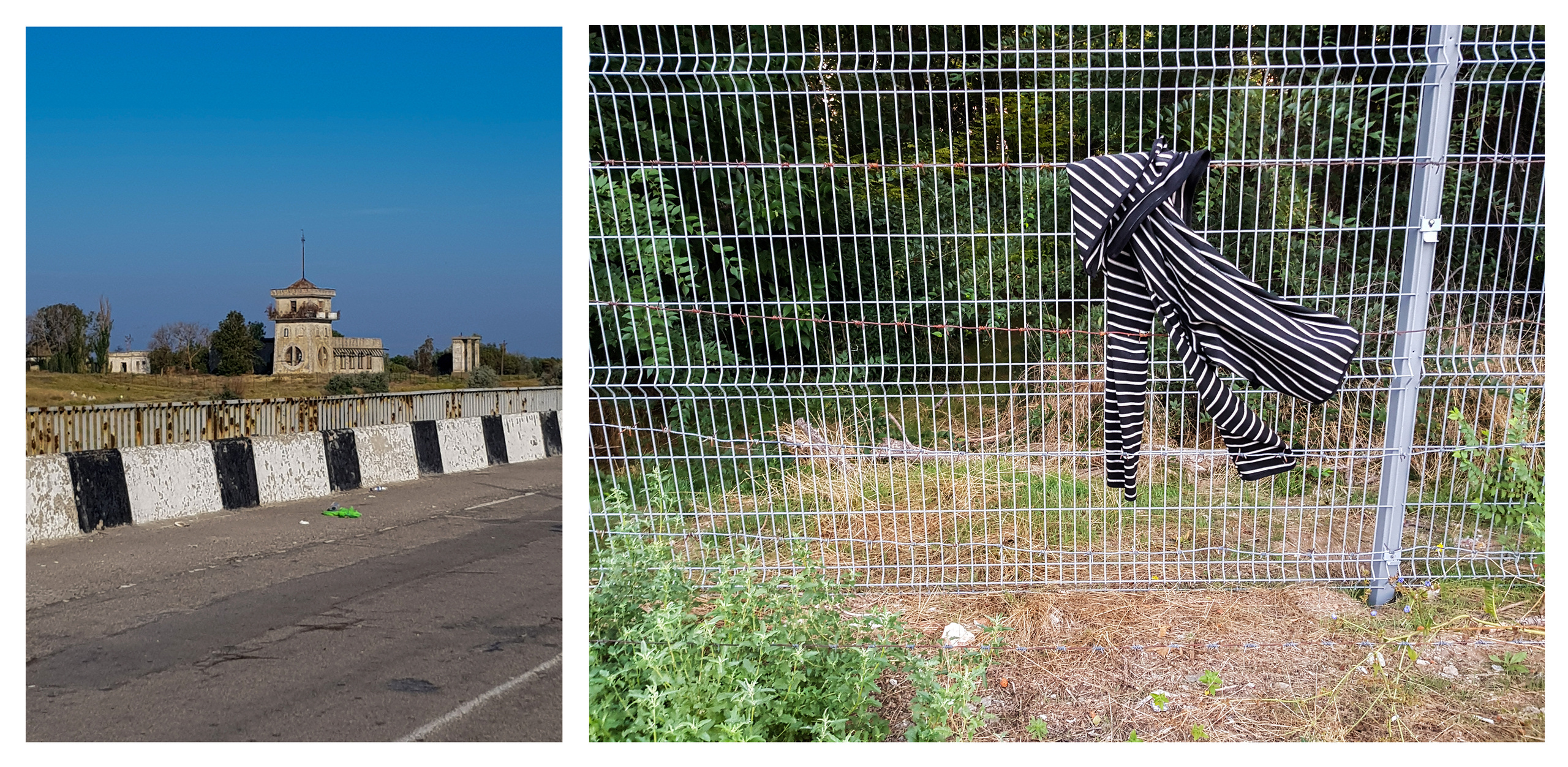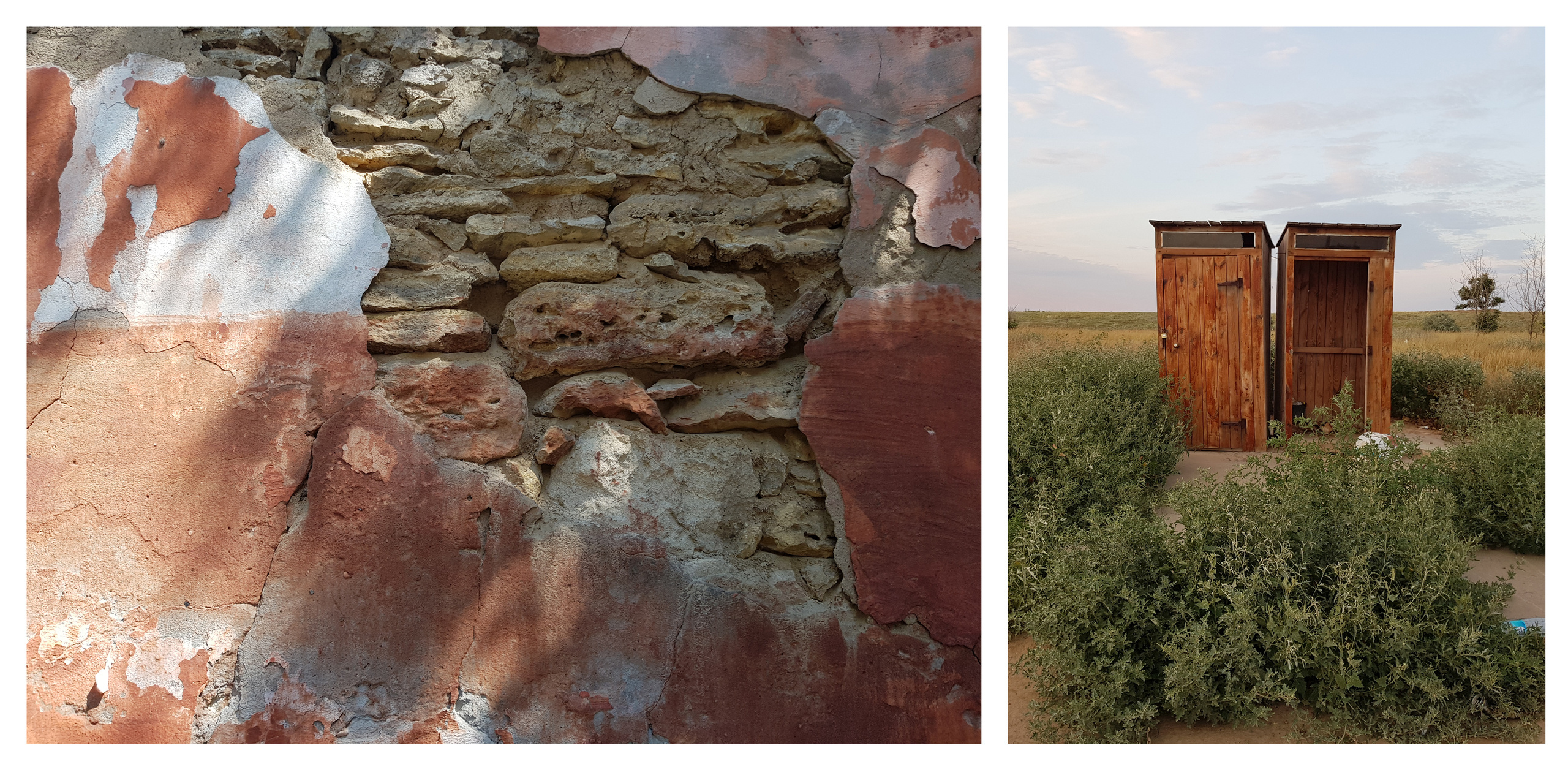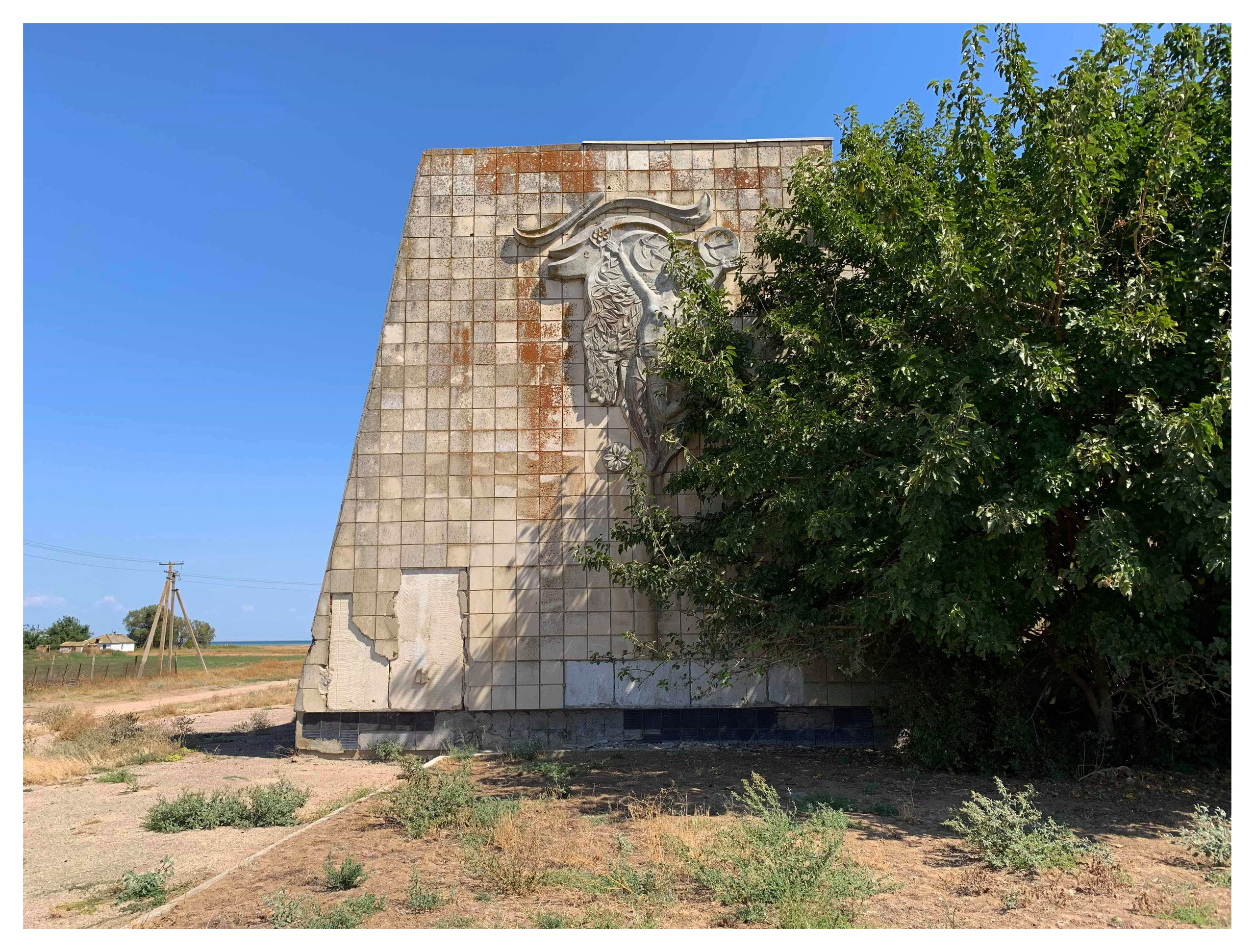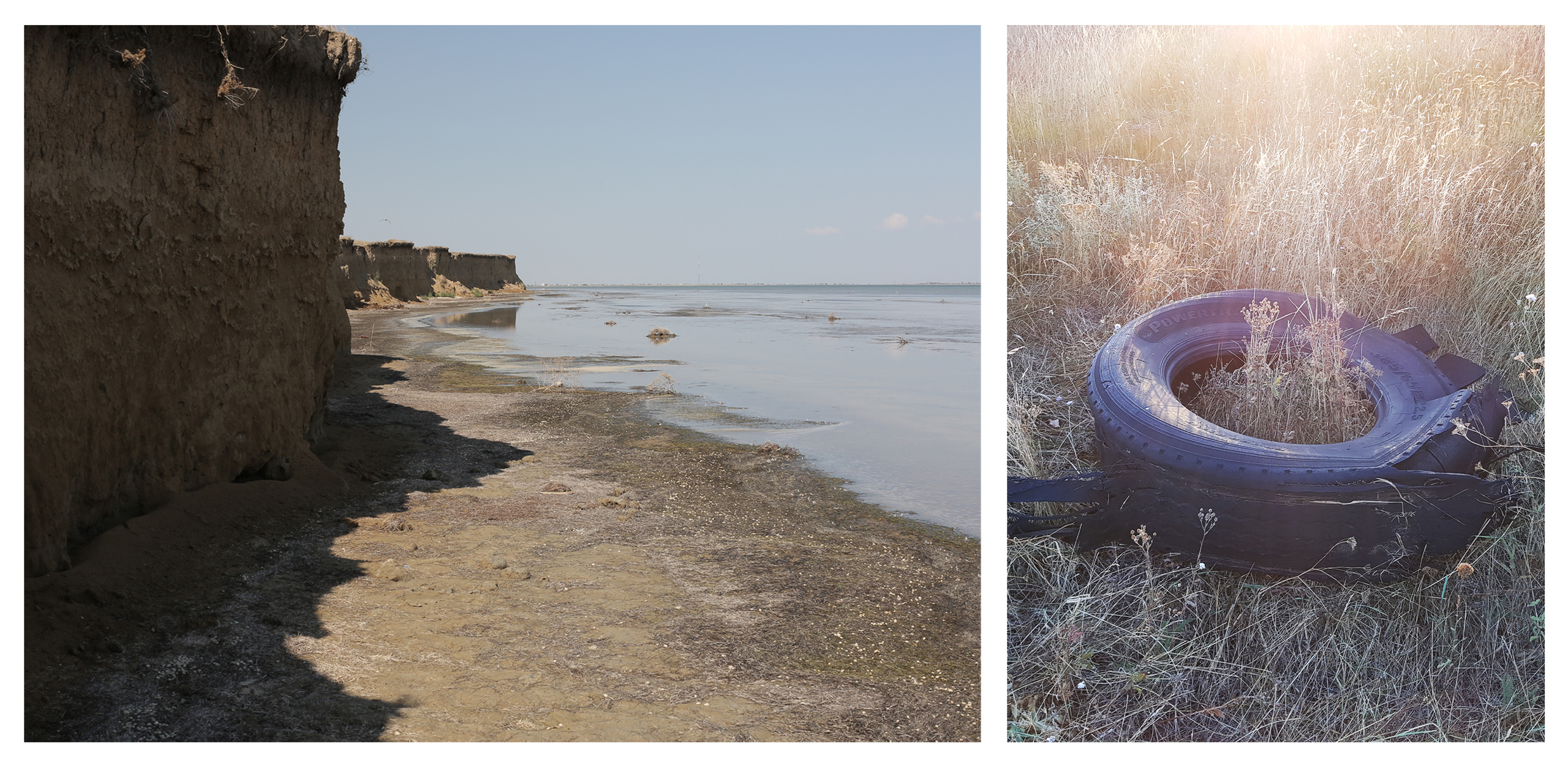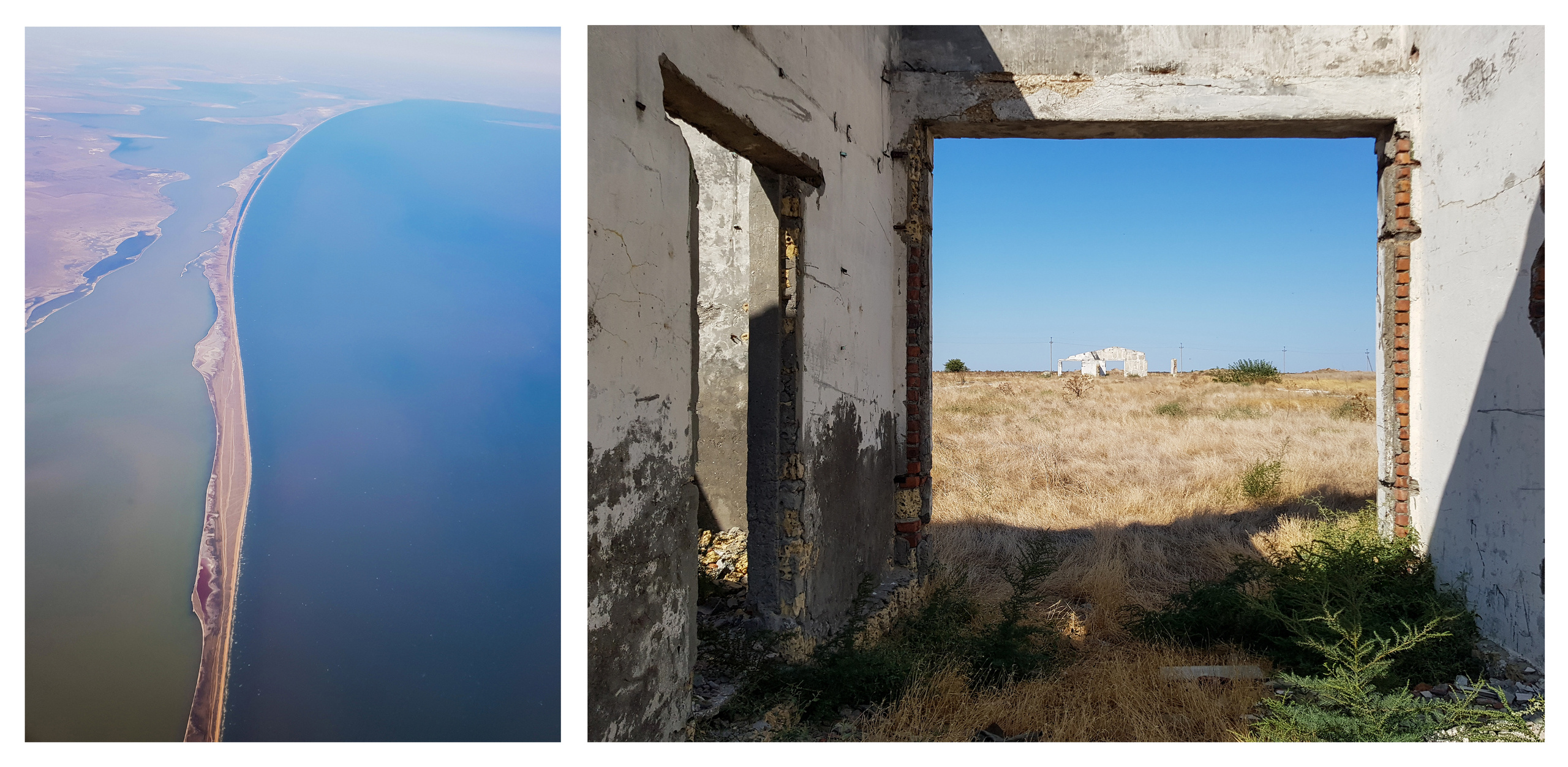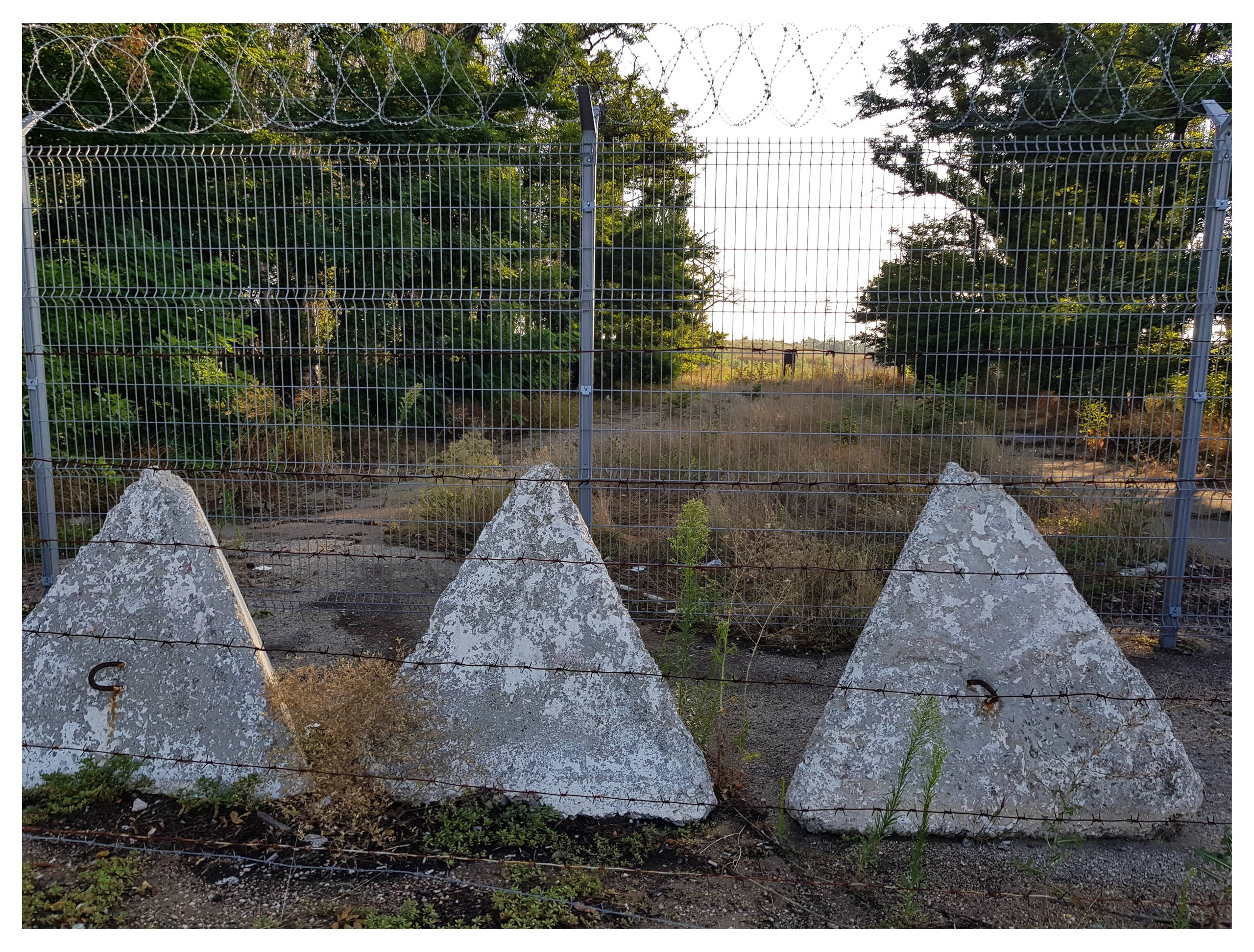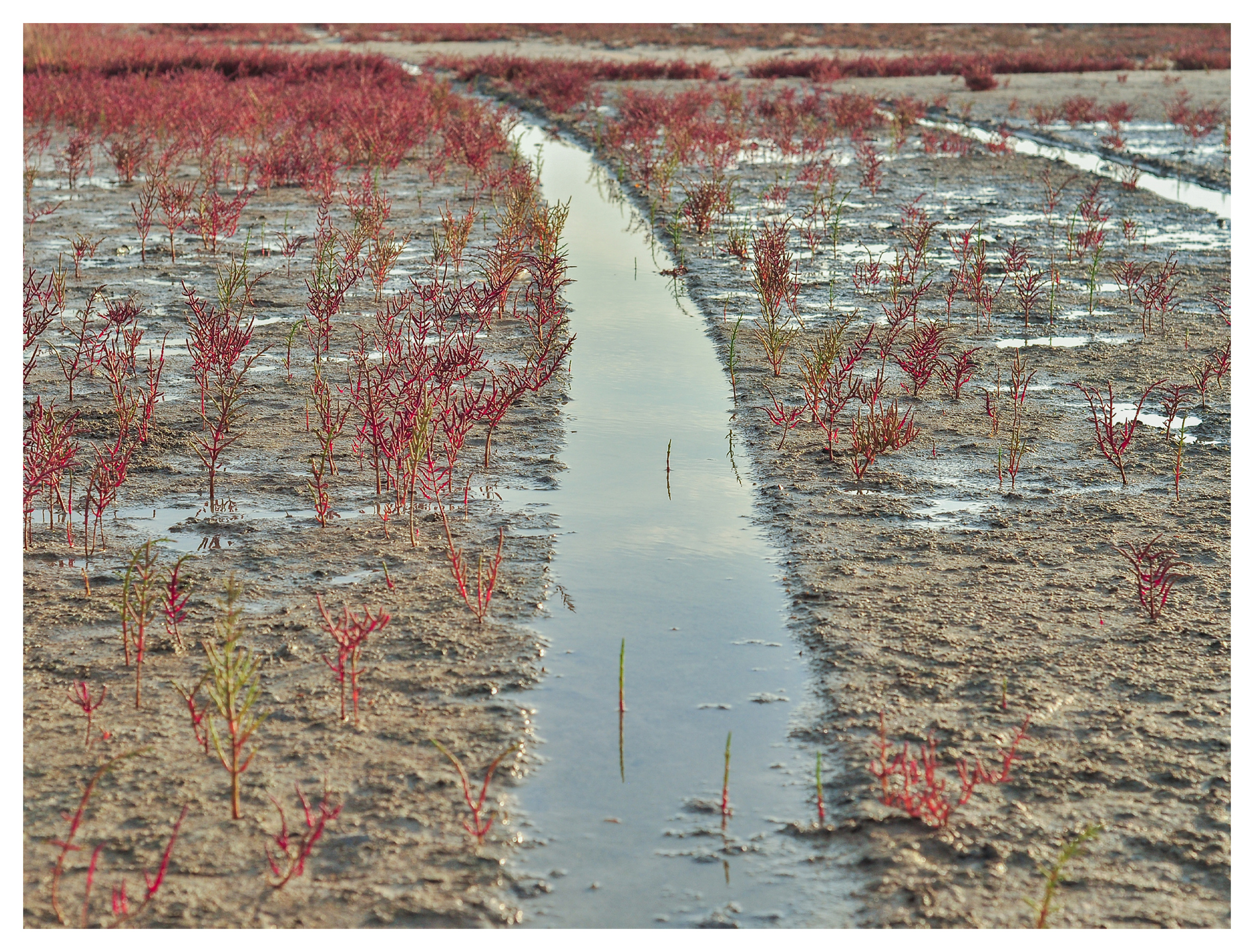My work is called «The Inland Empire», which refers to David Lynch’s movie with the same name.
This statement is a visualization in a surrealistic vein, of my experience crossing the new Crimean border with mainland Ukraine. Anytime there is border crossing it’s always stressful, and in such circumstances, even more so. I did it more than 11 times during one year, about 5000 km was explored and experienced through my body and mind all stages of loss: shock, denial, anger, bargaining, depression, testing and acceptance.
Personal, and at the same time, mutual experiences of fear, anger, anxiety, feelings of helplessness and suspense, pushed me to rethink this experience in photography.
This visual language was chosen for a quick fixation in the form of a diary and emphasizes on a certain aesthetic of the instantness of what’s happening.
Two parallel realities: a conventional administrative border, which suddenly turns into a real full-fledged state border, with border controls, migration cards, passports and customs regulations. Meanwhile, everything goes by default and your consciousness splits into submission to delirium and common sense. Prior to working on the project, I went through this place many times, barely able to cope with the anxiety and fear that cover me: will they let me in? will they let me out? Take away? Search? Detain? Where to go, in an instance of ending up in this «Red Room»?
This project allowed me to work out and cope with these feelings of grief, distinguish nonsense from the norm and restore integrity to my consciousness.
Another layer in my work is the incredible beauty of nature in itself, as a pinnacle of creations by God, and man with powers of the Supreme Being imposed on him. He controls, verifies, protects, prohibits, threatens, passes, selects, delays.
Human, earthly, collides with the nature created by God. At the same time, the feeling of a nature reserve does not leave: over the years, the population of birds and fish has recovered, foxes and small wild animals have appeared. It turns out that fencing and minefields played a positive role for this place, to some extent, protecting it from an overly active use by humans.

